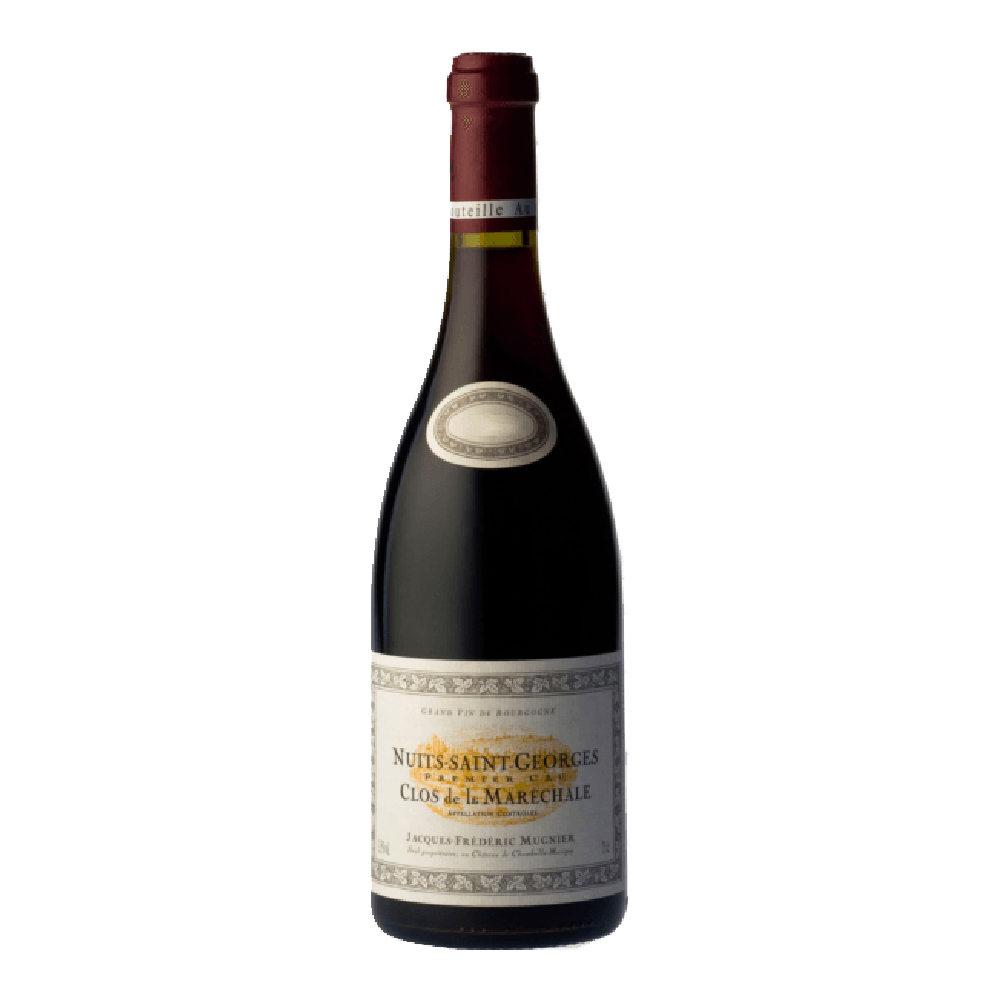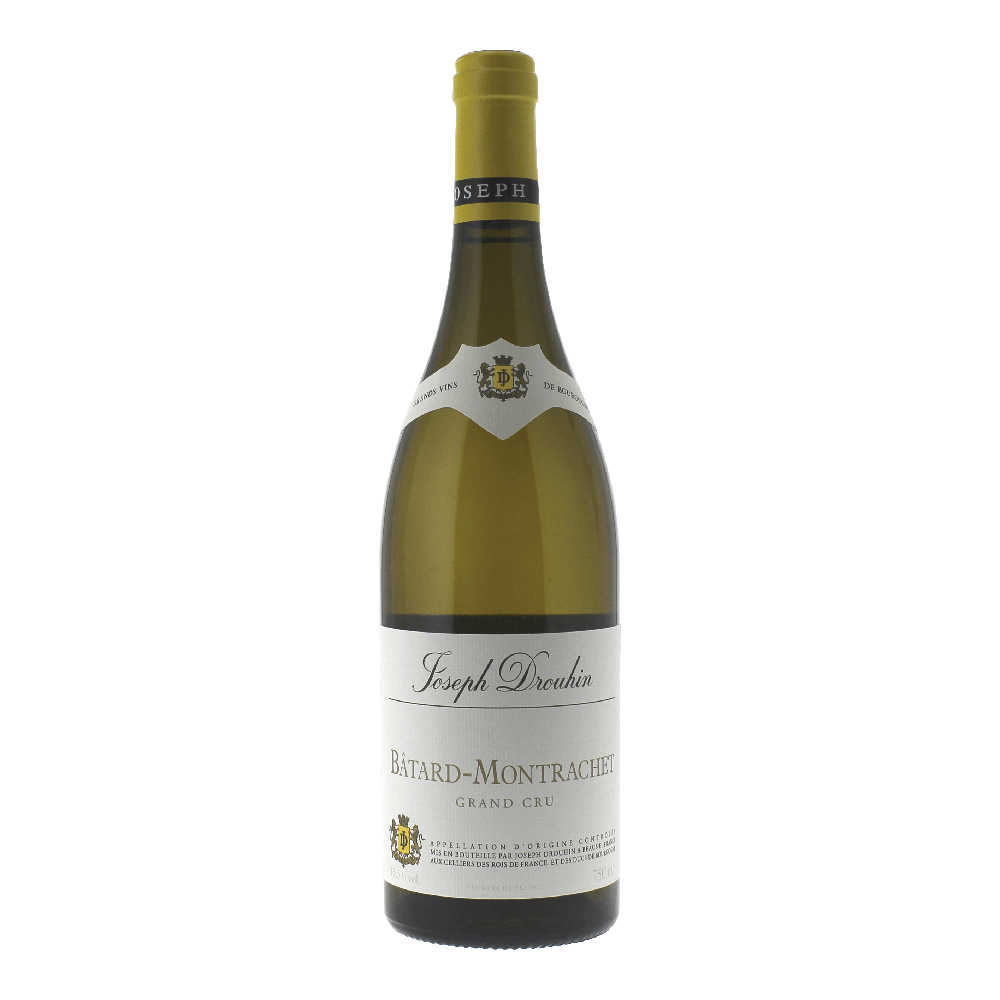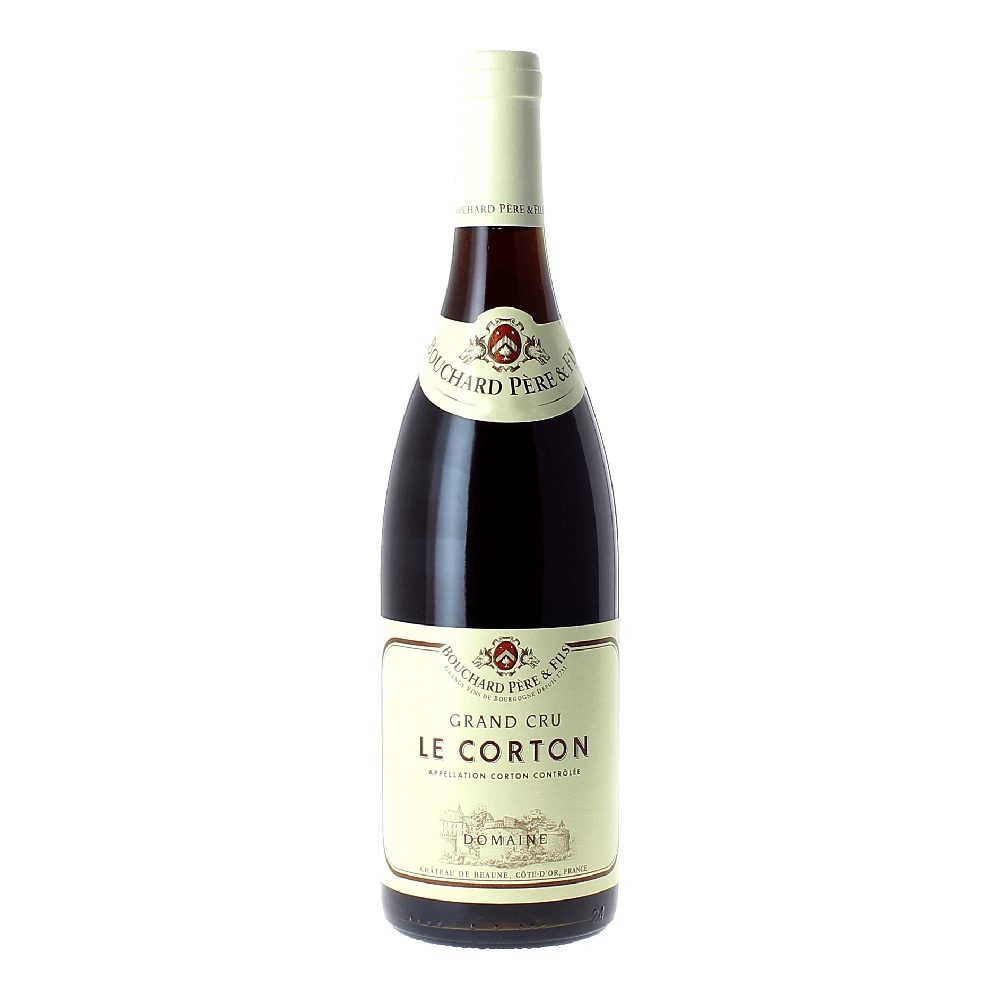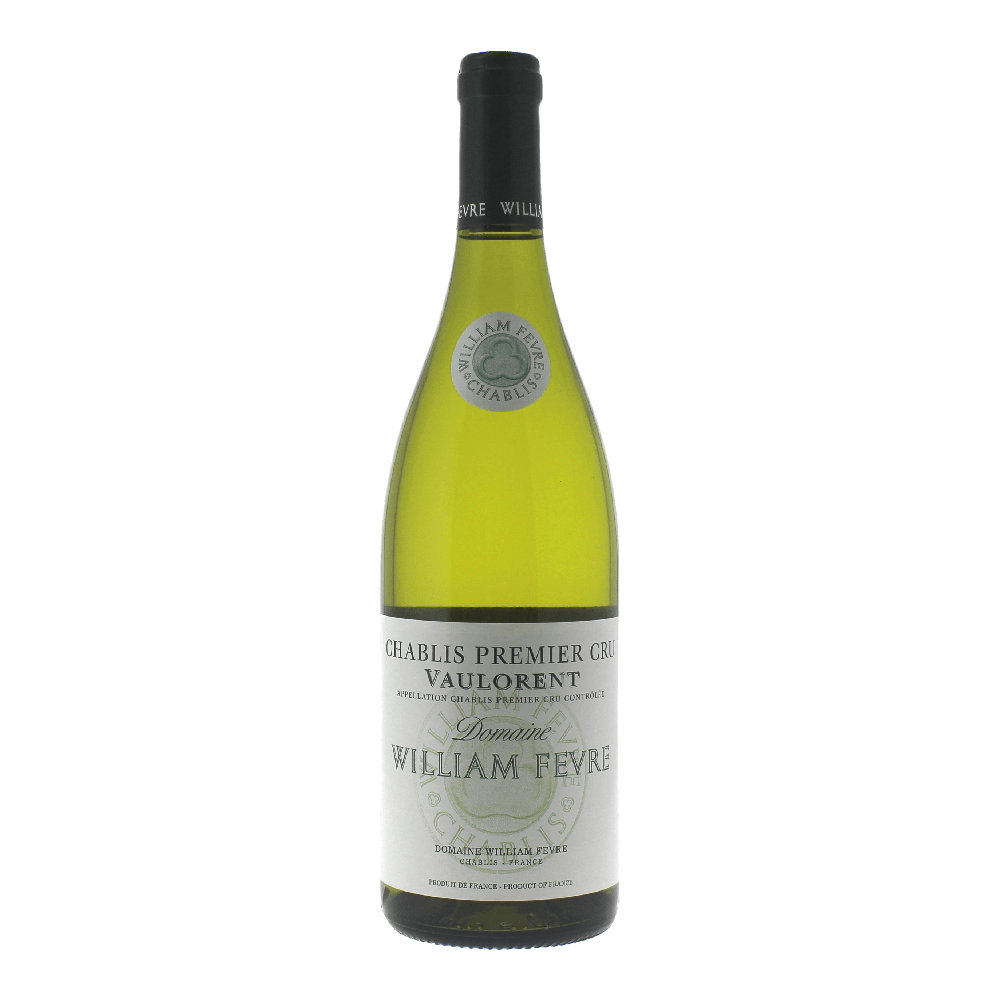A Story in Every Bottle: Discovering the Legacy of Burgundy
There’s a quiet reverence that surrounds Burgundy. For centuries, this patch of eastern France has drawn in wine lovers, collectors, and dreamers alike - not because it is grandiose or overwhelming, but because it is intimate. Burgundy doesn’t announce itself with bold statements. Instead, it whispers stories, each one told through a bottle, a vineyard, a name on a label.
To understand Burgundy is to understand the soul of French winemaking. Its heart beats through Pinot Noir and Chardonnay, but its identity lies in the land - what the French call terroir. Each vineyard, or climate, is like a paragraph in a book that has been written over centuries, shaped by farmers, monks, and vignerons whose connection to the soil runs as deep as the roots of the vines they tend. The region’s complexity can be intimidating at first: labels that focus more on place than grape, a hierarchy of classifications, and producers whose family histories go back generations. But once you begin to see the pattern, it becomes not a puzzle, but a beautiful map. One that leads to wines of clarity, emotion, and character.
Let us take you on a journey through Burgundy - not through textbook facts, but through the estates and families that define it. From the powerful reds of the Côte de Nuits to the graceful whites of the Côte de Beaune, and finally to the crystalline beauty of Chablis, each domaine tells a story that lives within every glass.
Côte de Nuits: Where History is Written in Pinot Noir
In the northern stretch of Burgundy, the Côte de Nuits is where Pinot Noir reaches its most profound expression. Among its hallowed hills of Morey-Saint-Denis lies Domaine Ponsot, an estate whose roots stretch back to the 14th century. The Clos de la Roche vineyard, now one of the most esteemed Grand Crus in all of Burgundy, was once the land of Cistercian monks. Today, Laurent Ponsot continues his family’s deep legacy by crafting wines that are both precise and soulful. He chooses not to filter his wines, allowing them to evolve naturally, to breathe, to tell the truth. In the 2021 vintage of Clos de la Roche Vieilles Vignes, there is a sense of timelessness - layers of dark cherry, forest floor, and mineral notes echo the age of the vines, some over 60 years old. It is not just a wine, but a reflection of centuries of care and reverence.
Further south in Nuits-Saint-Georges, another story unfolds at Domaine Jacques-Frédéric Mugnier. The estate was first established in 1863 by Frédéric Mugnier, a liqueur producer who saw promise in the vineyards of Chambolle-Musigny. Generations later, Jacques-Frédéric reclaimed the family's monopole vineyard, Clos de la Maréchale in the commune of Nuits-Saint-Georges, a site that had been under lease for decades. With it, he reawakened the spirit of his family’s land, crafting wines that are celebrated for their grace and restraint. His 2021 vintage is a portrait of refinement - red berries, violets, and silken tannins that glide across the palate with quiet confidence. Mugnier doesn’t force expression; he allows the vineyard to speak, and what it says is profound.
In the Côte de Nuits, wine is more than fermented grape juice - it is a story passed down through generations, written in every vine row, every barrel, every cork pulled.
Côte de Beaune: Where Chardonnay Shines
As the Côte de Nuits gives way to the Côte de Beaune, the spotlight shifts from red to white, though both colors shine here. One of Burgundy’s most cherished names, Domaine Joseph Drouhin, was founded in 1880 and remains family-run to this day. The Drouhins have long believed that great wine comes from harmony - with nature, with tradition, and with time. Their parcel in the Chassagne-Montrachet commune of Bâtard-Montrachet, one of Burgundy’s five exalted white Grand Crus, is a gem of the region. The 2007 vintage reveals a white Burgundy of commanding elegance: ripe citrus, white flowers, and a mineral core that carries the wine through a long, luxurious finish. This is Chardonnay at its most majestic, structured, luminous, and enduring.
Not far away is Domaine Bouchard Père & Fils, a house with history reaching back to 1731. Their legacy is woven into the very fabric of Beaune, from their 15th-century cellars to their holdings in some of Burgundy’s most iconic vineyards. Among these is Le Corton, a Grand Cru nestled on the famed Hill of Corton. In the 2021 vintage, the wine is bold yet composed, with red fruit, spice, and a stony backbone that promises a long life ahead. Bouchard’s wines have always balanced approachability with gravitas - a reflection of their unique position at the crossroads of tradition and evolution.
The Côte de Beaune is a place of duality. Here, the elegance of Chardonnay meets the strength of Pinot Noir, and the wisdom of history meets the quiet innovation of today’s stewards.
Chablis: The Purest Expression of Place
Further north, where the vineyards brush against the edges of Champagne, lies Chablis. This is a land carved by ancient seas, where the soils are layered with fossilized shells and the wines carry the taste of that primordial memory. Domaine William Fèvre is a cornerstone of this region. Since its founding in 1959, the estate has become known for its focus on terroir and clarity. Their Premier Cru Vaulorent vineyard sits just beside the Grand Cru slope, and in some vintages, rivals it. The 2021 vintage is precise and brilliant, where lemon zest, crushed rock, and saline lift combine to create something almost architectural in its beauty. It is a wine that feels etched rather than made.
In Chablis, however, one name stands alone in admiration: Domaine François Raveneau. Established in 1948, the estate is now run by the next generation of the Raveneau family, who maintain a near-sacred approach to winemaking. They work with humility, low yields, and time as their closest ally. Their 2016 Forest Premier Cru is a masterclass in restraint and nuance. Flint, citrus oil, and a whisper of white flowers slowly unfold, revealing the kind of depth that only emerges with patience. Raveneau wines are rare not just because of their limited production, but because of their clarity they show us what happens when wine becomes art.
Chablis is where Chardonnay sheds its opulence and reveals its bones. The wines here are not flashy, but they are unforgettable. They are wines of place, of purity, of purpose.
A Final Reflection: Burgundy as a Living Legacy
Burgundy is not a region that shouts - it whispers. It invites you in, not with flash, but with a quiet confidence rooted in place, people, and history. Each bottle is a conversation with the past and a glimpse into the future. From the ancient vines of Clos de la Roche to the chalky soils of Chablis, Burgundy is not just a wine - it is a story that continues to unfold, one vintage at a time.





